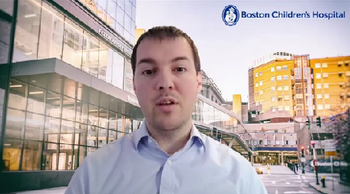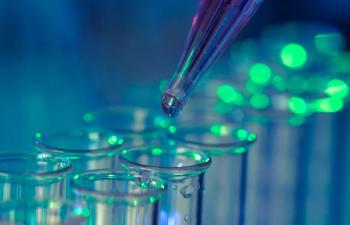
Is It a Psychiatric Disorder or TBI Medical Mimic?
Too often, the medical issues associated with traumatic brain injury are mistakenly diagnosed as psychiatric disorders. A few simple questions and tests can elucidate the real culprit and lead to appropriate treatment.
CONFERENCE REPORTER
Too often, the medical issues associated with traumatic brain injury are mistaken as psychiatric disorders, and patients are referred to psychiatrists for treatment, Gregory J. O’Shanick, MD, DLFAPA, told attendees of the 2021
O’Shanick, who is the medical director of the
TBI in Perspective
The prevalence of TBI has increased over the last 10 or so years, O’Shanick explained, although he acknowledged that the increase may be partially due to increased awareness. According to
Meanwhile, research has found a link between psychiatric disorders and TBI, O’Shanick noted, with an increase of disorders following TBI.2 Jennie Ponsford, PhD, and colleagues explored this phenomenon and found that only about 23% and 21% of individuals had a pre-TBI history of a mood disorder or anxiety disorder, respectively. They found an increase in psychiatric symptomology within the first year after TBI, with a stabilization at the 5-year point. Mood and anxiety symptoms were most common in patients with TBI, with 17.2% to 62% presenting with mood symptoms and 10.3% to 34.2% with anxiety symptoms. Interestingly, he noted depression is 4 to 6 times more common in patients with TBI than the general population, and is the most common cause of depression in men (as opposed to women, for whom menopause is the number one cause).
It is possible, he explained, that some of these mood disturbances and anxiety symptoms may be better explained as a medical consequence of TBI—or a signal of homeostatic disruption. In such cases, providing psychopharmacological treatment might help the patient with the symptoms, but will not address the underlying cause.
O’Shanick provided an example of a phobia being misattributed. He pointed to an individual who is afraid of a jumping off a diving board. They go up the stairs, walk to the edge, realize they are frightened, and go back down. They have conditioned themselves to be afraid—there is a learned component.
Next, he presented the case of an individual who has unrecognized balance and visual issues as a result of TBI. The person goes into a crowd and feels a sense of anxiety, because they have trouble feeling and remaining stable, and the learned component may be inappropriately linked to an anxiety disorder.
“As a physician, we need to figure that out,” O’Shanick emphasized.
Getting to the Bottom of It All
Fortunately, a toolkit to help decipher these TBI-related medical mimics is relatively inexpensive, O’Shanick shared. All you need is a pen, index card, blindfold (or ask your patient to close their eyes), a sofa cushion, a tuning fork (which can be procured online for about $6), and a few questions. For example, to determine if the issue is
Similarly, to determine if there is social phobia or vergence, ask your patient if they are having trouble seeing/reading books at a normal distance. Then, check near point convergence and conduct a cover test. A referral to a neuro-optometrist should be considered.
Sometimes a central auditory processing disorder may be confused with
According to a
Finally, O’Shanick illuminated inherent biases in the Minnesota Multiphasic Personality Inventory-2, which might lead to an incorrect diagnosis. For instance, stomach trouble and headaches score positively on the hypochondriasis scale, but both may be related to TBI and TBI treatments. Similarly, positive scores on the hysteria scale result from noting they are unable to work, feel sad, and have trouble sleeping, all of which are associated with TBI.
Ultimately, the psychiatrist is the ideal position to leverage their medical and behavioral knowledge to support these patients.
“Hopefully this will allow you to think a little bit differently when patients come into your office,” O’Shannick concluded. “Maybe ask some increased questions when it comes to injury related issues, concussion related issues… and to see if there is some other types of medical issues behind some of the anxieties that your patients have. At the end, you may just find that you’re practicing … much more successfully and ultimately helping your patients.”
References
1. CDC. Surveillance report of traumatic brain injury-related emergency department visits, hospitalizations, and deaths. 2014. Accessed May 2, 2021.
2. Ponsford J, Always Y, Gould KR. Epidemiology and natural history of psychiatric disorders after TBI. J Neuropsychiatry Clin Neurosci. 2018;30(4):262-270.
3. Beyer C, Zaytsev J, Donegan D, et al.
Newsletter
Receive trusted psychiatric news, expert analysis, and clinical insights — subscribe today to support your practice and your patients.

















